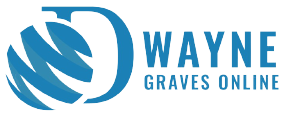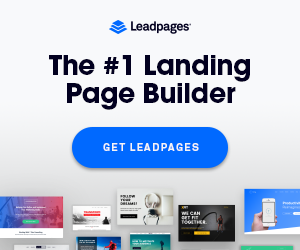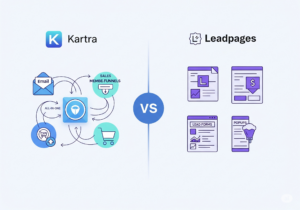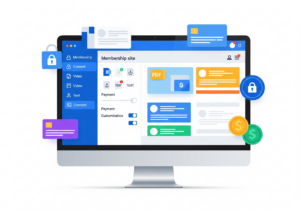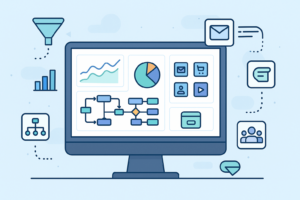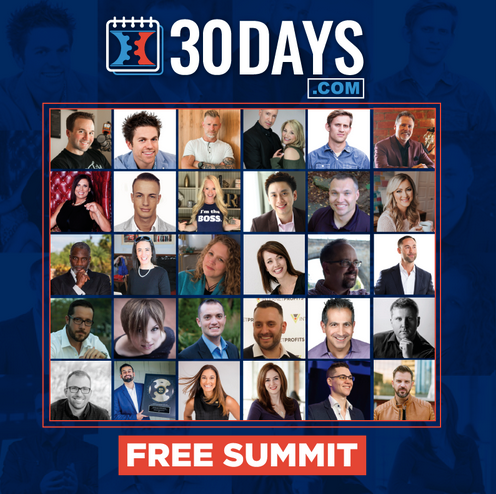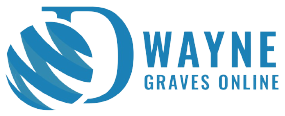Landing pages are the front lines of your marketing campaigns. A well-designed landing page can capture leads, drive sales, and boost your ROI.
But what makes some landing pages stand out? It’s not just about looking good. Effective landing pages use strong visuals, persuasive copy, and clear calls-to-action to engage visitors.
Here, we’ll explore ten outstanding examples of landing pages that do just that. You’ll see what works and why, from compelling headlines to strong calls to action.
Doesn’t matter if you’re creating a page for sales, signups, or downloads, these insights will help you create a high-performing landing page. Too much talking, let’s move forward!
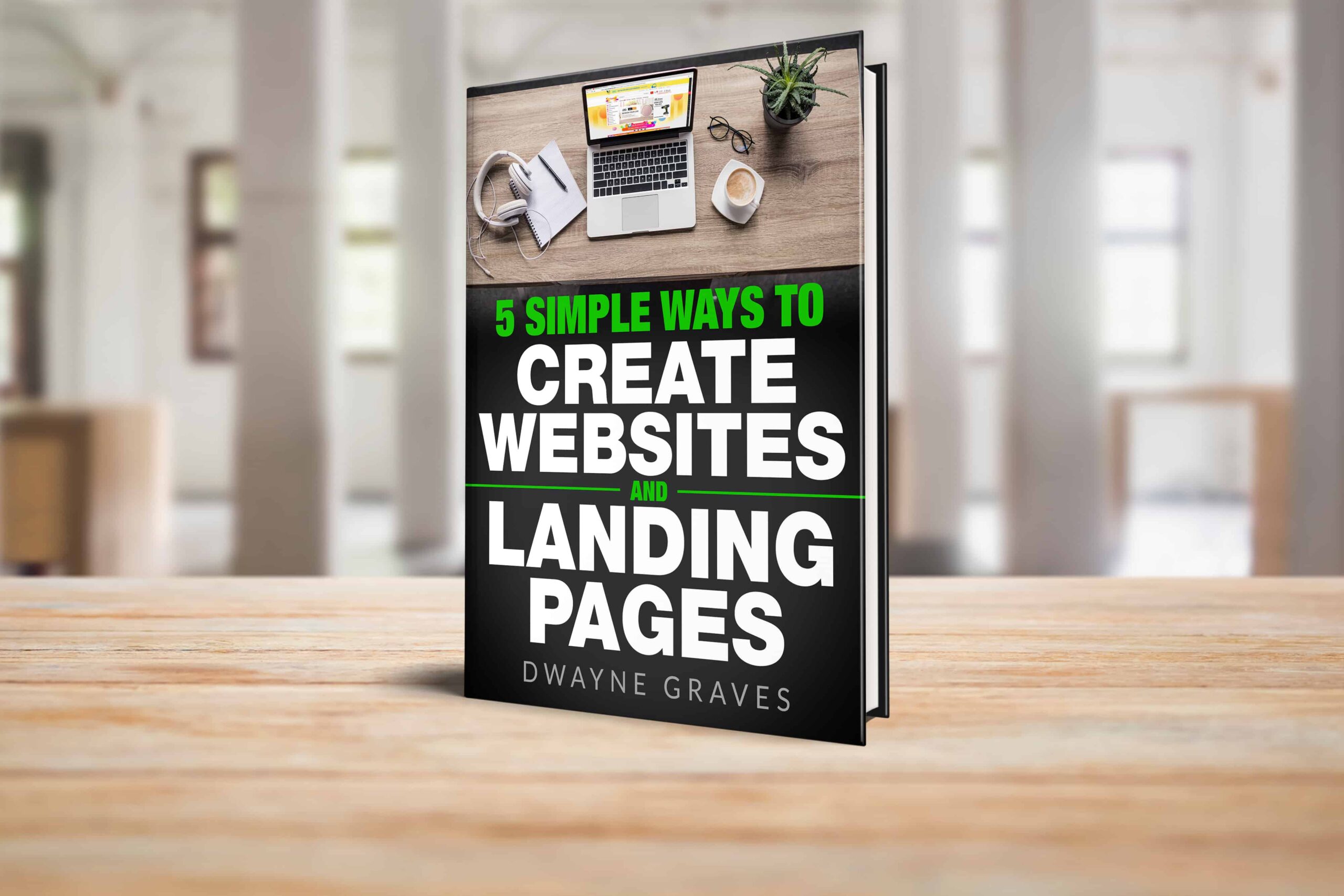
Download Your Free e-Book
5 Simple Ways to Create Website & Landing Pages
Affiliate Disclaimer: I earn commission (get paid) if you click on the links and purchase a product below. My earnings do not impact the price you pay.
Understanding Your Target Audience
Think of your target audience as the heart of your landing page. If you don’t understand who you’re talking to, your message will fall flat.
To get to know your audience, start by doing some research. Use surveys, social media insights, and website analytics to understand their preferences, interests, and behaviors.
Don’t just treat everyone the same. Segment your audience into smaller groups based on their characteristics. Segmentation helps you tailor your message and design for each specific group.
Know your audience’s needs and desires to create a landing page that truly resonates with them. The result? Higher engagement and ultimately, more conversions.
Keep in mind, the key is to make your audience feel seen and understood. Invest time in understanding them, and you’ll reap the rewards!

Building an Irresistible Offer
The key to selling your digital product lies in creating an offer that’s truly irresistible.
First, clearly define your value proposition. What makes your product stand out from the competition? How does it solve a specific problem for your customers?
Instead of just listing features, focus on the benefits your product delivers. Don’t say “This course has 10 modules,” say “This course will help you land your dream job in 90 days.”
To create urgency, consider offering limited-time discounts, exclusive bonuses, or early bird specials. These incentives can motivate customers to take action quickly.
Focus on value and create a sense of urgency to make your digital product an offer your audience can’t refuse.

Creating a Sales Funnel for Digital Products
A well-designed sales funnel is essential for selling digital products effectively. It guides potential customers from awareness to purchase in a seamless journey.
Awareness Stage
This is where you attract your audience. Use blogs, social media, and SEO to drive traffic. Offer lead magnets (free eBooks, guides, or webinars) to capture email addresses.
Consideration Stage
Now that you’ve captured interest, focus on nurturing leads. Email sequences and content marketing are great for building trust.
Share testimonials, case studies, or success stories to showcase your product’s value. Answer objections and emphasize how your solution solves their pain points.
Conversion Stage
At this stage, make purchasing as easy as possible. Optimize checkout pages for speed and simplicity. Use clear calls-to-action to reduce confusion or hesitation.
Once the purchase is complete, don’t stop there! Upsell or cross-sell related products to increase revenue.

Leveraging Marketing Channels for Maximum Impact
You need to use multiple marketing channels effectively to maximize the reach of your digital product. Here’s how each can amplify your impact:
Social Media Marketing
Social media platforms (Instagram, LinkedIn, and Facebook) are essential. Develop strategies tailored to each platform’s strengths.
Use Instagram for visually appealing content short-form videos or reels to highlight key features. LinkedIn is great for professional networking.
Facebook is great for community building and engagement. Run targeted paid ads to reach your ideal audience quickly and efficiently.
Email Marketing
Email is a powerful tool for personalized campaigns. Build your email list using lead magnets like free guides or exclusive discounts.
Platforms like Leadpages can help you design effective lead generation forms. Send targeted emails based on audience interests for better engagement.

Content Marketing
Content builds trust and positions you as an authority. Write how-to blogs, create tutorials, or start a podcast to educate your audience.
Videos demonstrating your product’s value work as a subtle yet effective soft sell. Consistency is key to establishing credibility.
Affiliate Marketing
Expand your reach by partnering with affiliates who share your audience. Offer attractive commissions for every successful referral they bring.
Affiliates can promote your product across blogs, videos, or social media. It amplifies your reach to other networks, increases exposure and sales without extra effort.

Download Your Free e-Book
5 Simple Ways to Create Website & Landing Pages
Optimizing Your Product Pages for Conversions
Your product page is the heart of your digital sales strategy. To maximize conversions, follow these essential tips:
Focus on Benefits in Copy
Keep your copy clear, concise, and benefit-driven. Highlight how your product solves problems or fulfills a need. Use short paragraphs and bullet points for easy readability.
Use High-Quality Visuals and Demos
Include sharp images and engaging videos to showcase your product in action. Demo content like tutorials or walkthroughs can help potential buyers visualize the value they’ll get.
Add Trust Signals
Build credibility with customer reviews, testimonials, and case studies. Include recognizable badges for secure payment options to reassure buyers.
Optimize for Mobile
Ensure your page looks and works perfectly on smartphones. Most users browse and shop on mobile devices, so this step is critical.
Simplify the Checkout Process
Minimize the number of clicks required to complete a purchase. Include multiple payment options to cater to diverse preferences.

Measuring and Refining Your Strategy
Success in selling digital products depends on ongoing measurement and refinement. Tracking the right metrics ensures your strategies stay effective.
Key Performance Indicators (KPIs)
Monitor conversion rates to see how many visitors become customers. Keep an eye on customer acquisition costs (CAC) to maintain profitability. Measure customer lifetime value (CLV) to understand your product’s long-term impact.
A/B Testing
Experiment with different headlines, calls-to-action (CTAs), and pricing strategies. Small changes in wording or placement can significantly boost conversions.
ROI Tracking Tools
Platforms like ClickMagick help you measure the return on investment (ROI) of your campaigns. Use insights to identify what works and allocate resources accordingly.
Customer Feedback
Collect feedback through surveys, reviews, or support channels. Understand pain points to refine both your product and marketing.
Refining Campaigns
Regularly analyze campaign performance. Adjust targeting, messaging, and budgets to maximize efficiency.

Conclusion
Selling digital products is a journey, not a sprint. It takes time and effort to find what works best for you. Start with one or two marketing channels; such as social media or email marketing.
Master those before expanding to other platforms. Consistency is key! Small, consistent efforts over time will yield better results than sporadic bursts of activity.
Tools like Leadpages and ClickMagick can be incredibly helpful for tracking your progress and optimizing your campaigns.
So, what are you waiting for? Start building your winning digital product marketing strategy today!
